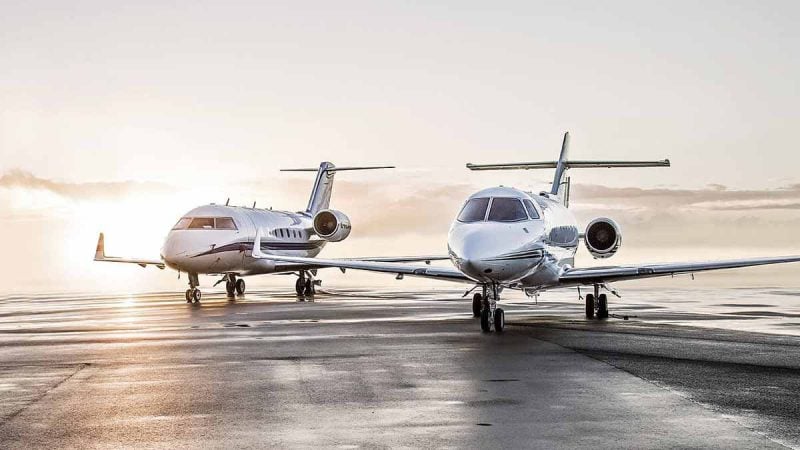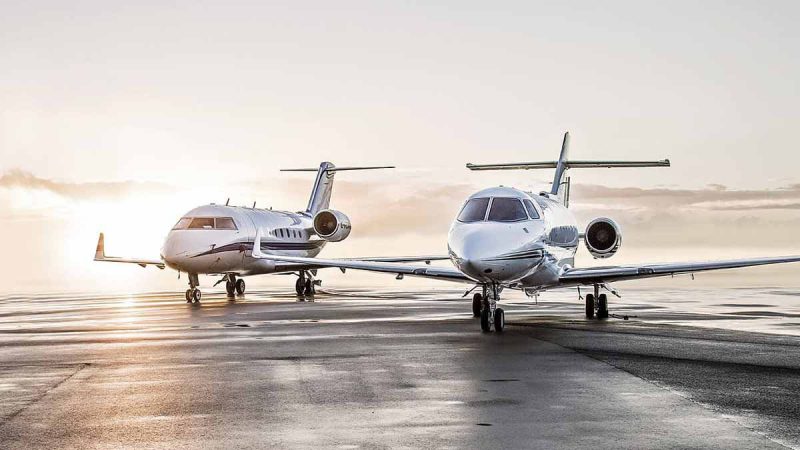Aviation Outlook offers Fearless Forecasts for 2020
The report by the global aircraft leasing company claims 2019 will be remembered as much for the lows as the highs.
January 22, 2020


Avolon, an international aircraft leasing company headquartered in Ireland, with offices in the United States, Dubai, Singapore, Hong Kong and Shanghai, has issued a 2020 outlook paper on the aviation industry with some clear insights.
Titled “Navigating Through Turbulence,” the paper, written by Avolon’s Jim Morrison and Steve Mason, reviews key aviation industry trends in 2019 and offers fearless forecasts for 2020.
2020 “Fearless Forecasts”
1. The 737 is Here to Stay: Boeing’s 737 MAX will safely return to revenue service in 2020. Airlines and passengers will turn up to fly. Trading markets will re-open and values will be supported by strong demand for Boeing’s most popular product. The world needs more Boeing aircraft to support growing demand for air travel.
2. No New Major Commercial Aircraft Programs will be Launched: Manufacturers will return to their knitting: on-time deliveries. The A321XLR will compete uncontested as Boeing will not launch the NMA in 2020. Talk of single-aisle replacement aircraft will be quieted as regulators verify the strengths of the current offerings.
3. Manufacturers to Prioritize Deliveries in 2020: The mid-life space may cool as manufacturers get back on-track with deliveries and passenger traffic remains near the long-term trend. Airlines may find themselves flying fewer hours per aircraft or pushing older metal out as new A320s and 737s are injected to the operating fleet.
4. Access to Capital: Despite economic headwinds and increasing geopolitical unrest, capital markets will remain open to established players, confirming the benefit of an investment grade rating. The ABS market will see strong demand for issuances in 2020, continuing its 2019 pace.
5. Environment as a Higher Purpose: Aviation gets serious about the environment with an increasing number of concrete proposals from a variety of players to meet the 2050 industry goal of a reduction in net aviation carbon emissions of 50% by 2050, relative to 2005 levels. In 2020, urban mobility solutions will demonstrate electrification of air travel is feasible, if at first only on short sectors.
“The end of the decade marks a period of remarkable achievement for the aviation industry with a full decade of airline profitability. However, 2019 will be remembered as much for the lows as the highs,” said Jim Morrison, Vice President – Aircraft Evaluation. “The aviation industry grappled with the repercussions of the tragic B737 MAX accidents while Airbus struggled with aircraft delivery delays. During 2019, we saw more than 20 carriers fail but, despite this, global airlines’ net profit remained robust at an estimated $26 billion. These failures underpinned our previous year’s assertion that, despite high load factors, there were too many cheap seats available. These airline failures resulted in a record number of aircraft being released to the market. Lessors were able to successfully re-market and re-deploy many of their aircraft, reflecting strong market appetite for aircraft transitions and air travel demand.”
“Looking ahead to 2020, geopolitical uncertainty and international trade tensions will define the year,” added Steve Mason, Senior Vice President – Commercial. “Through this turbulence will emerge opportunity. While improved airline profitability is forecasted, many sizeable carriers remain on life support. The still-buoyant global economy and the expanding middle class will continue to drive long-term passenger demand, supporting airline capacity growth. While efficiency improvements have long been a hallmark of aviation, 2020 is set to be the baseline year for the sector’s carbon emission offsetting and reduction scheme, which will transition air travel to carbon neutral growth.”





